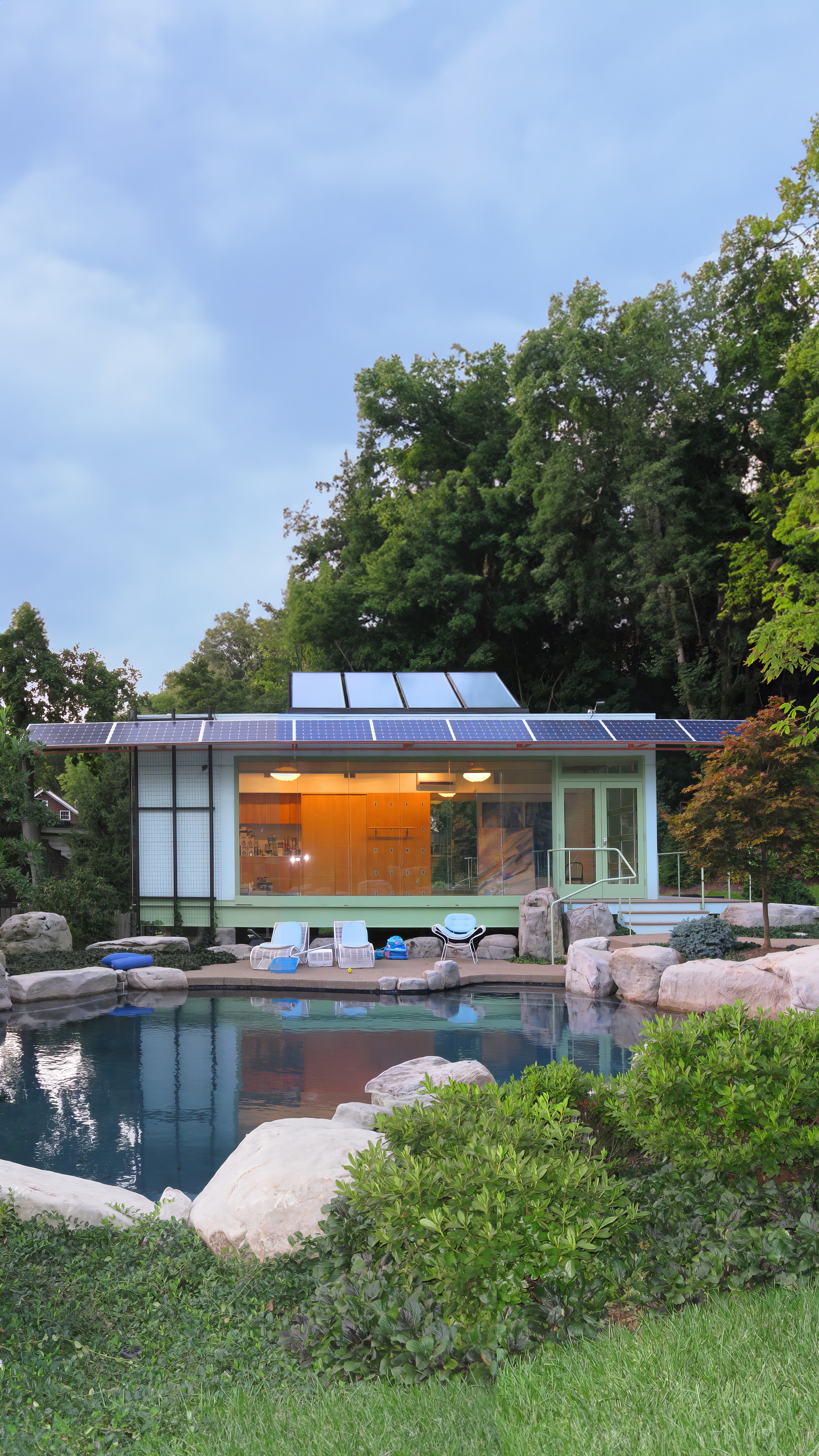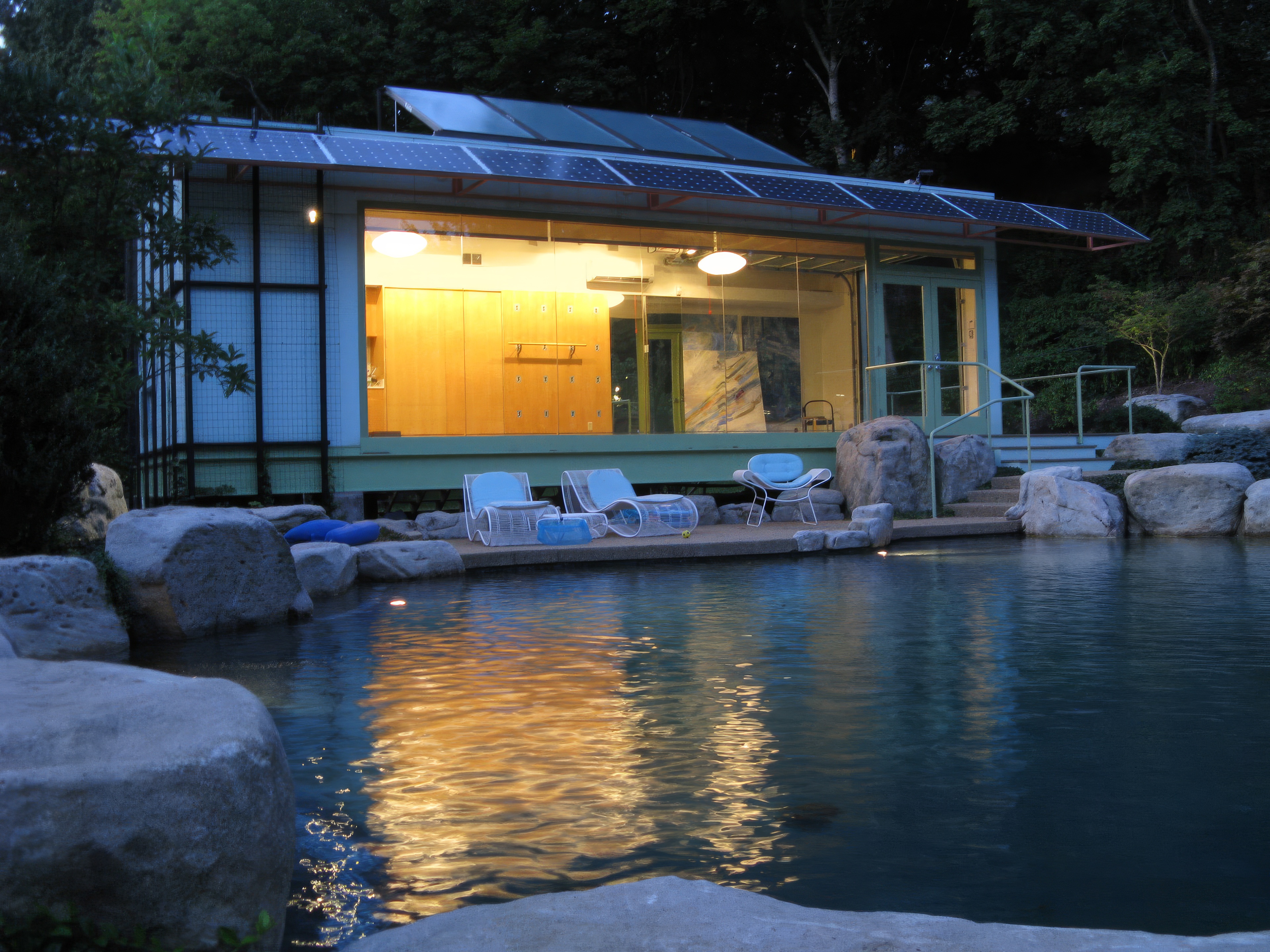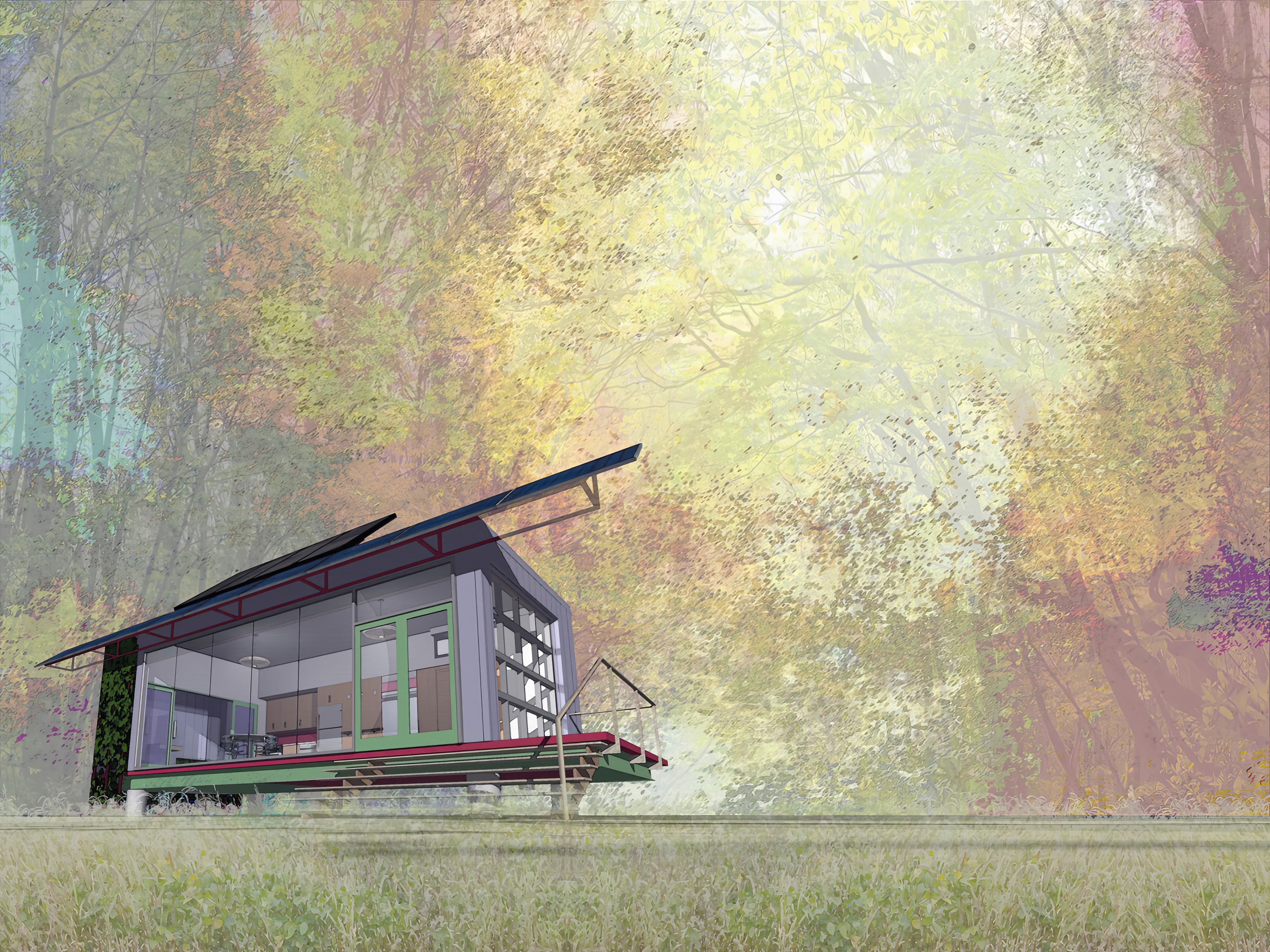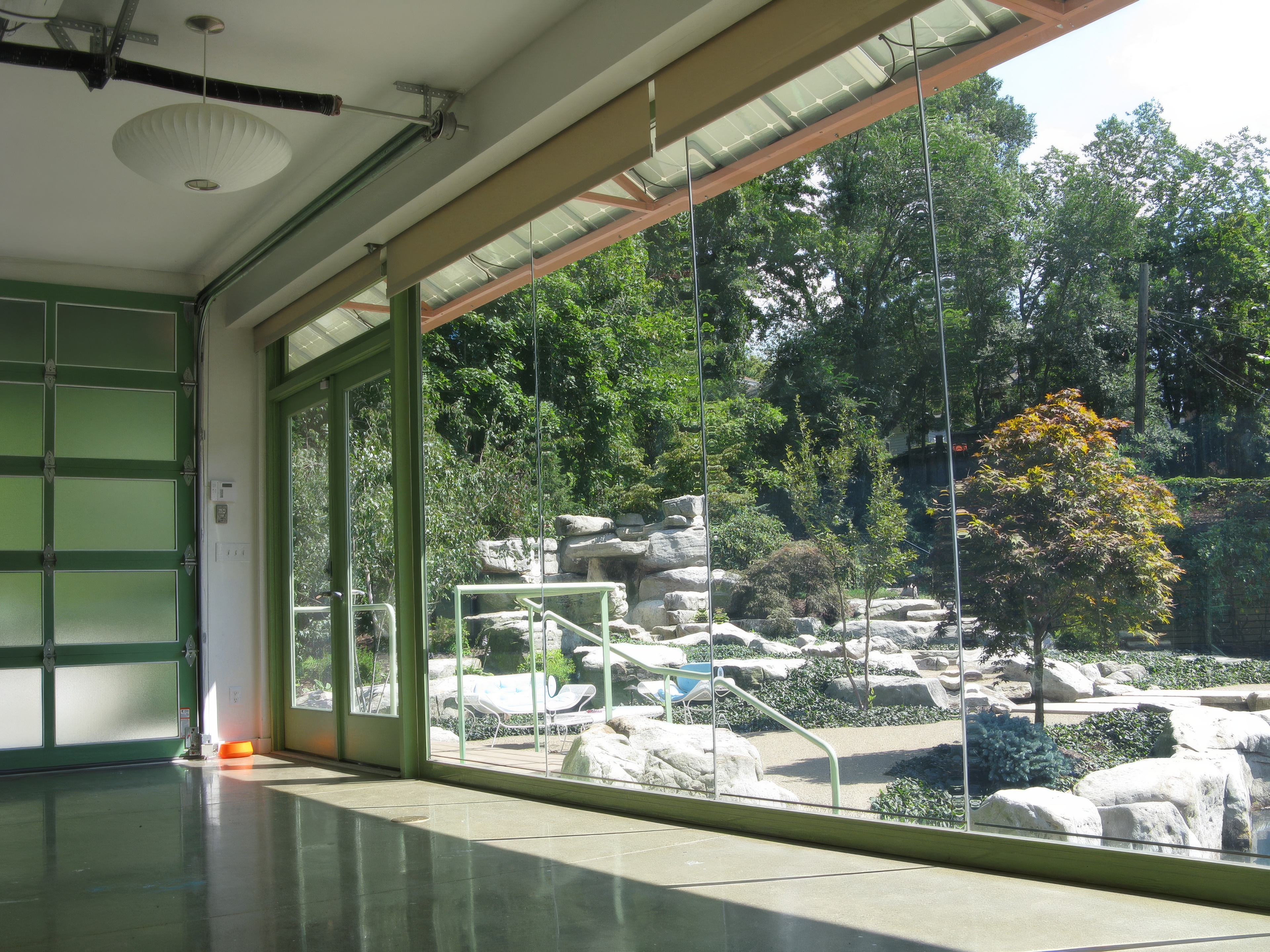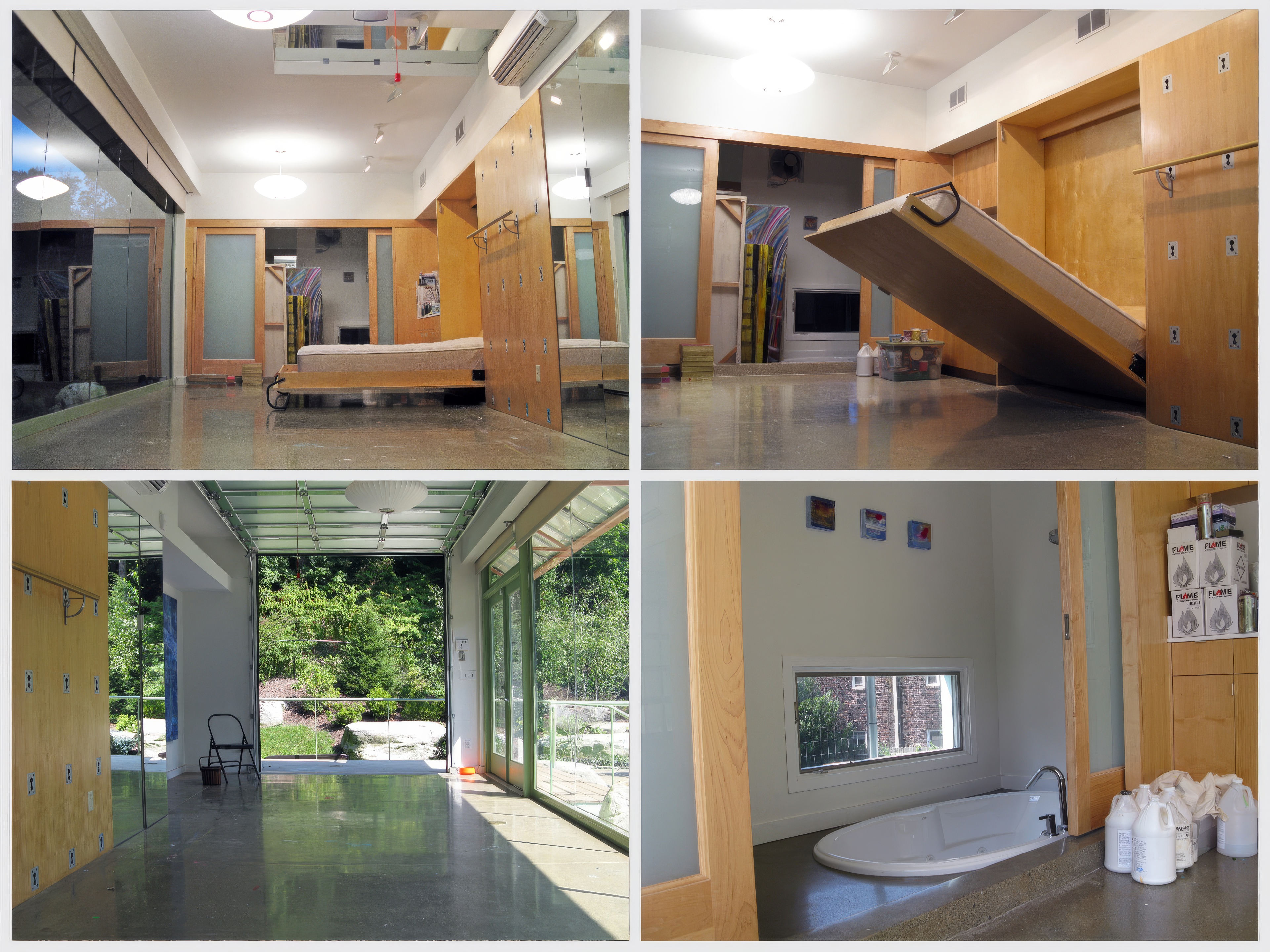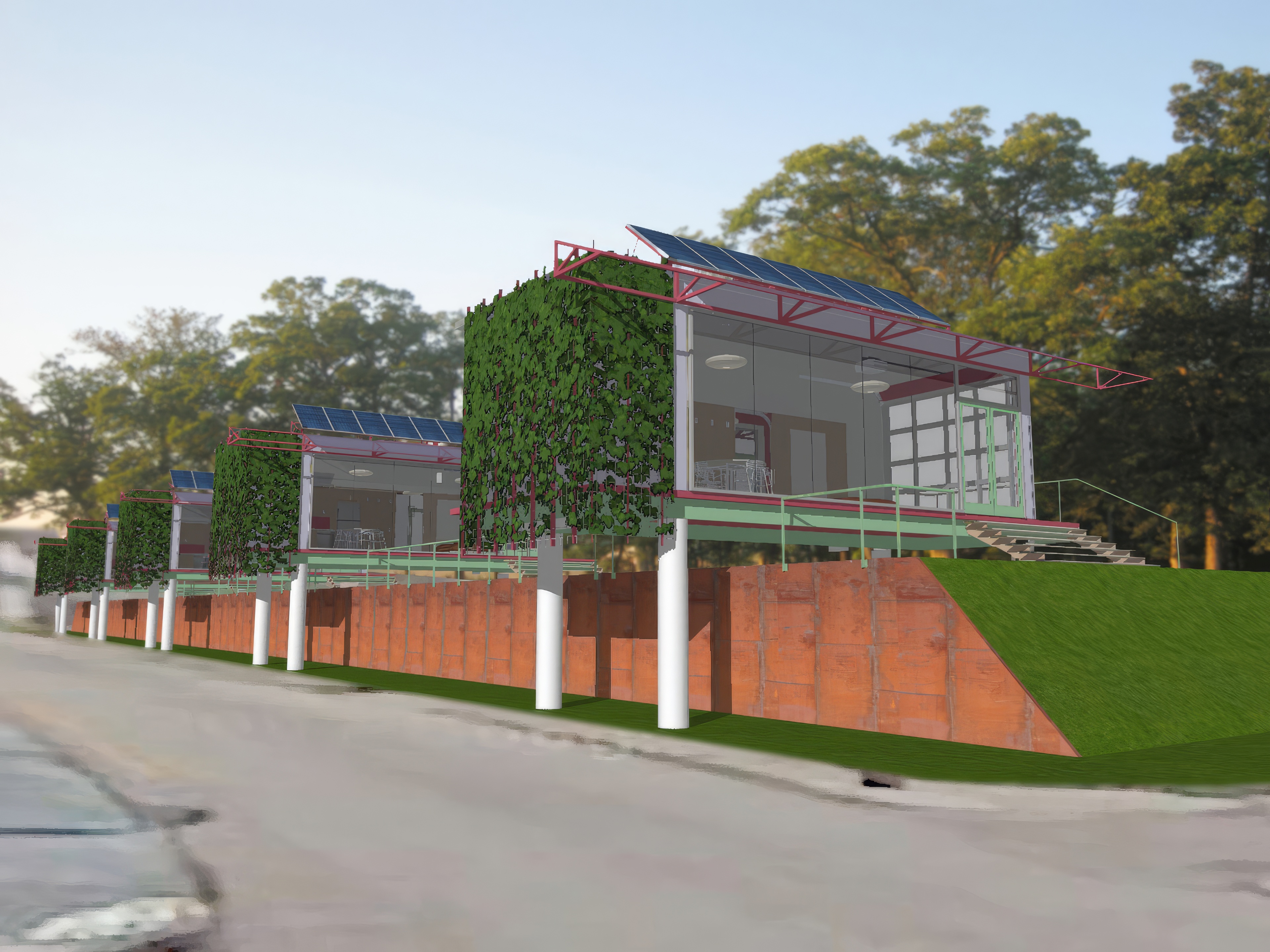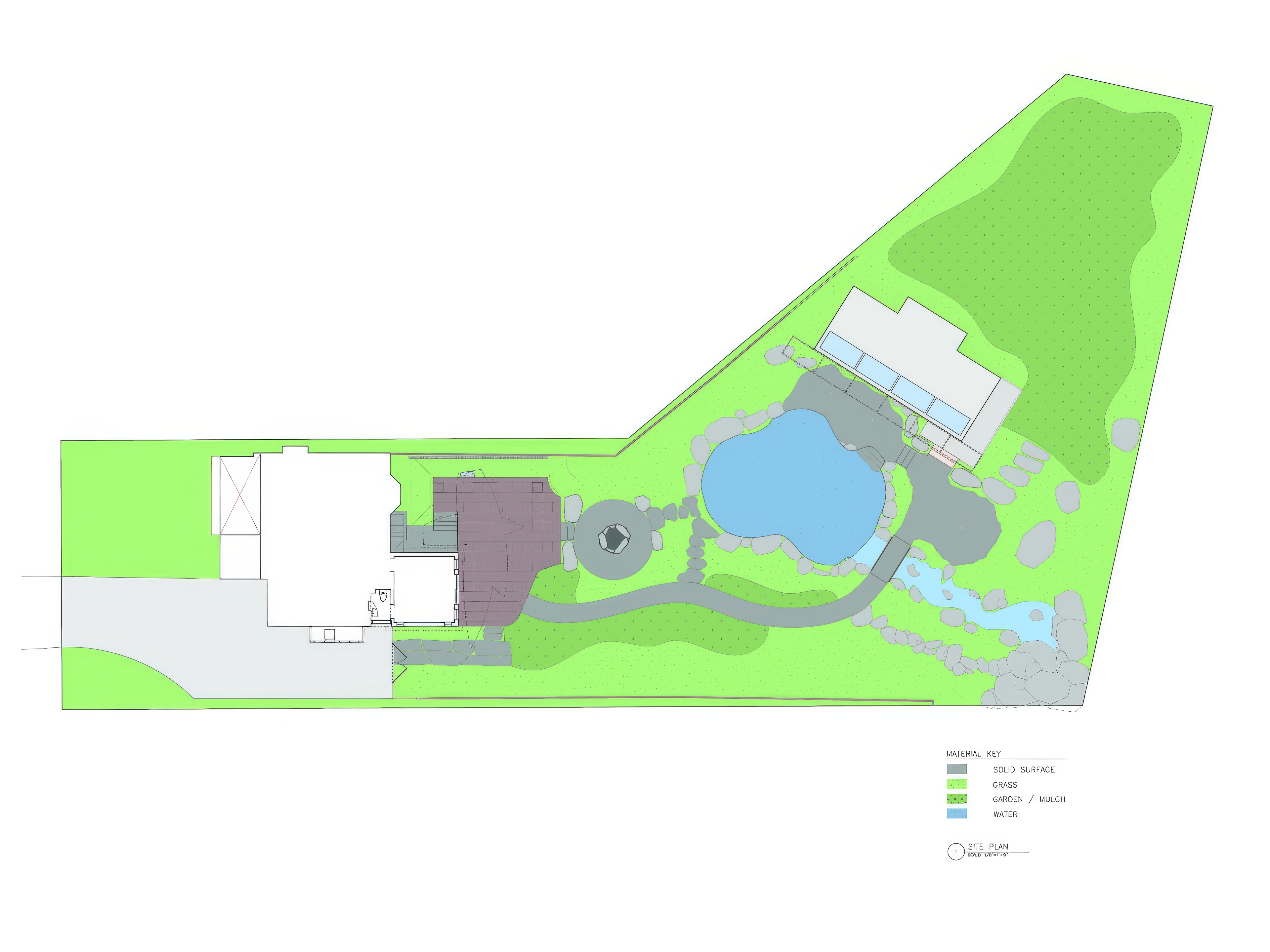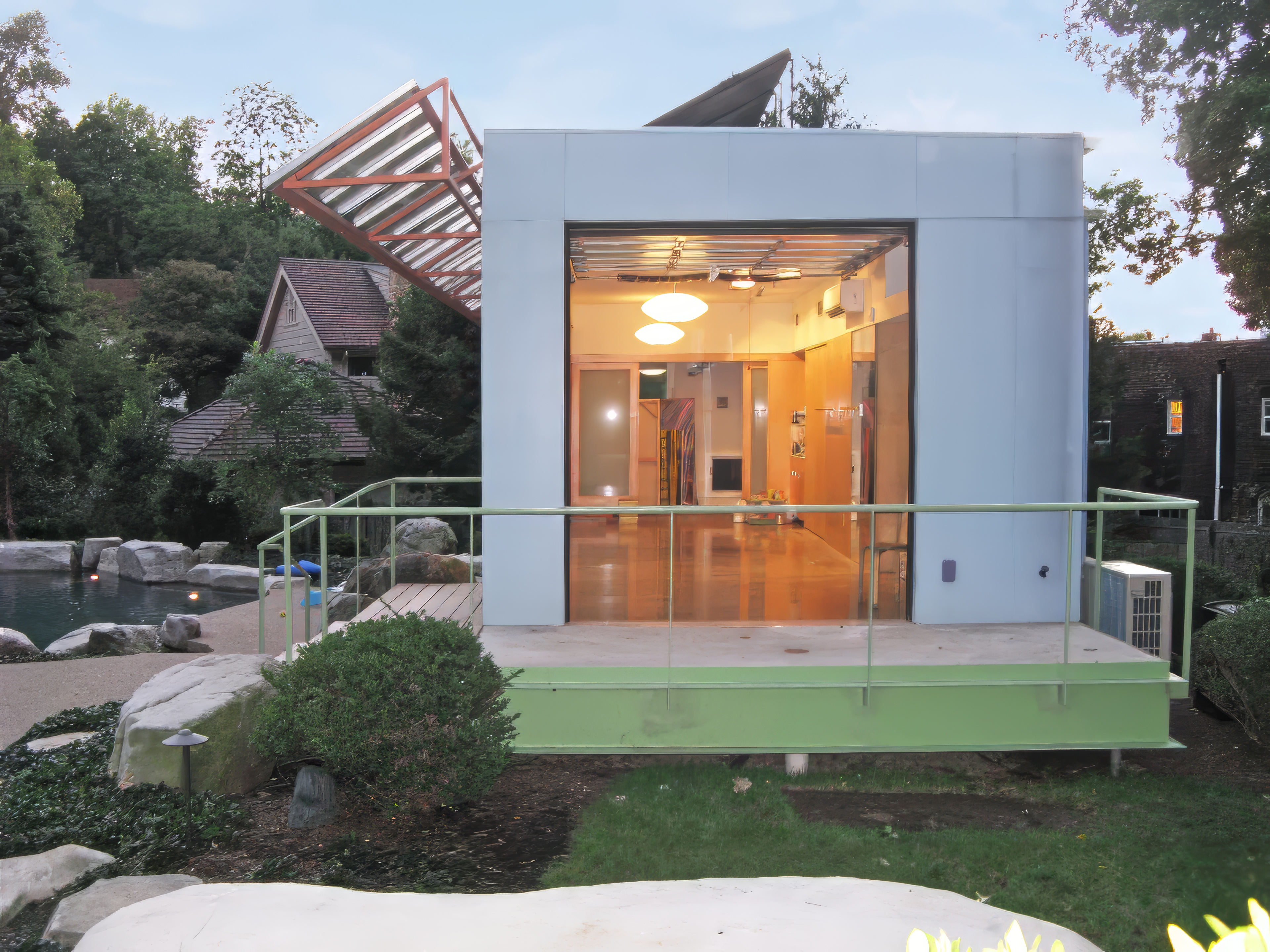Irwin Studio
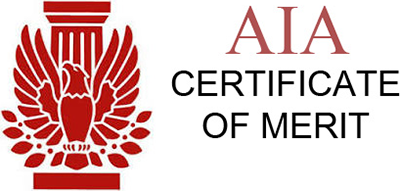
The Irwin Studio: Net-zero on a budget!
Read More >Innovation
Most homes are like patients in a hospital, hooked up to wires and tubes for nourishment and air. If the wires and tubes fail, then so does the patient. Imagine unhooking those wires and tubes for a moment.
Green Technology
This is the idea we came to design for Steve and Andi Irwin when they asked FISHER ARCHitecture to design a guesthouse for a backyard lot adjacent to their Squirrel Hill home. She wants to paint. He wants to exercise. They are both utility-bill-hating environmentalists. The net-zero concept came to seem like a natural project direction. We designed in SIPS walls, radiant floors, a solar hot water system, and PV panels, along with a revolutionary new radiant glass system by Blairsville based Greenheat. The radiant glass, which Frank Dlubak, the company owner, calls “transparent insulation”, may make it possible for the studio to become the world’s net-zero energy prototype with 60% glazing! Ongoing monitoring by CMU professor, Nina Baird, will provide info on the effectiveness of these strategies.
Affordability
The difference between this design and other Western Pennsylvania zero energy buildings is that this building is 100% designed to maximize the technologies that it is showcasing, which makes the technologies more affordable. This is not a “normal” house with “green” features. If the technologies are intrinsic to the design, they won’t be deleted when money runs short. Although the prototype was site built, we designed the studio so that future versions could be prefabricated in a shop and lowered into place with a crane.
Contextualism
The large windows of the Irwin studio allow light in during Pittsburgh’s gray winter, intimately tying it to its surroundings. It possesses an industrial look that shields the interior from Pittsburgh’s weather and is reflective of the city’s steel heritage. The project utilizes green materials and technologies that lower energy costs and are respectful of the environment. However, experiences in the studio reconnect the inhabitants to the natural environment. The project features an open plan that responds to our generation’s need for flexible, efficient spaces.
Our primary design intent was to clad the simple shed with the building’s green features. This enables the building shell to fit naturally into the Jim Lampl designed landscape. These elements then frame the articulate, warm interior studio experience behind the radiant glass.
Ideas Transcend Style
We are reinforcing the Irwin Studio’s connection to nature by employing a variety of sustainable products and methods. The flexible and open interior plan results in light-filled spaces that people can use for different purposes as needs change. This is ‘bottom-up’ architecture, in which affordable, easy-to-build strategies are employed to create extraordinary experience.

